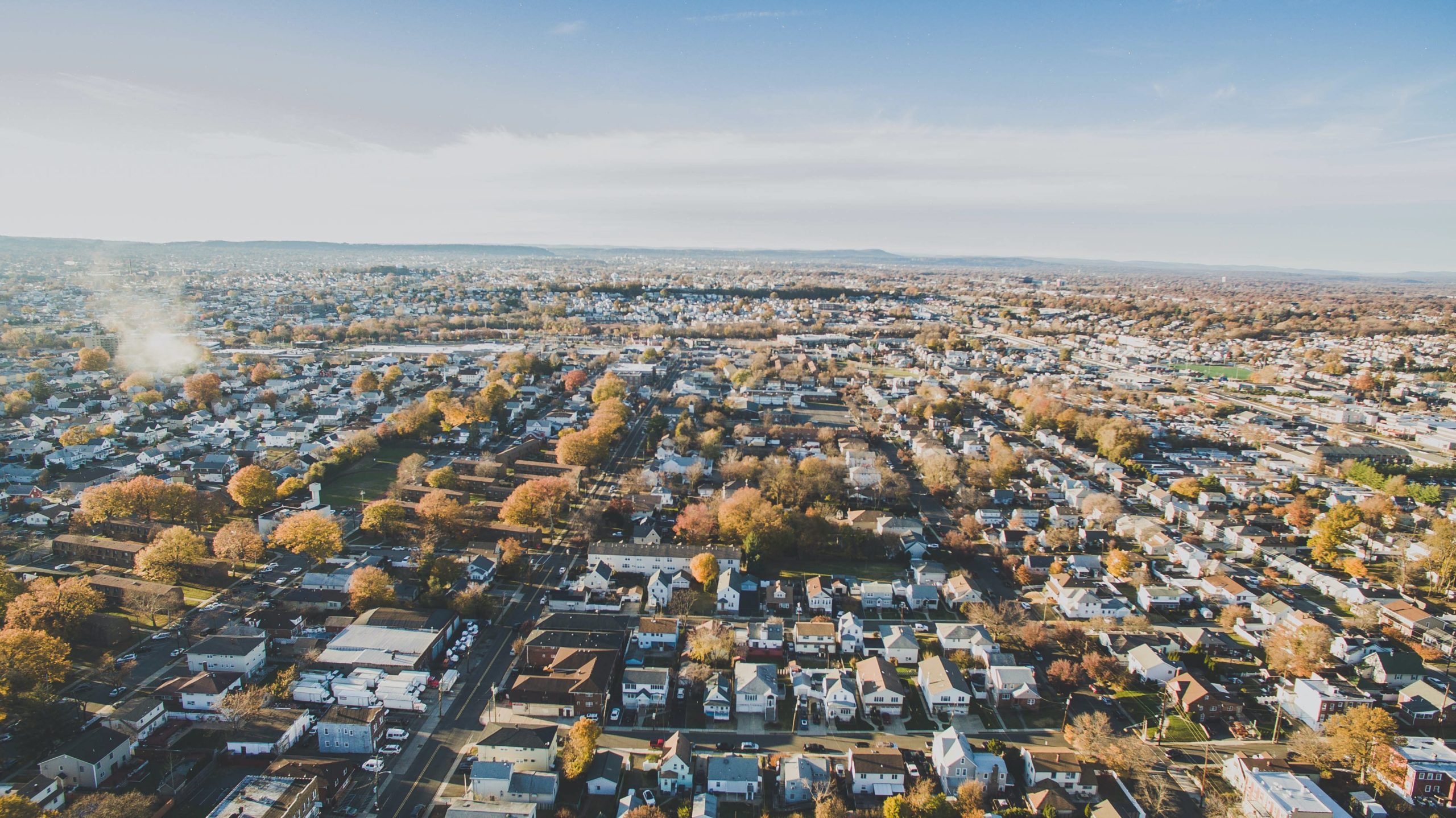NAE Cities Index 2021
Date: September 30, 2021

This year marks the fourth installment of NAE’s Cities Index, our annual assessment of how immigrants fare in the largest 100 cities in the United States. Developed in conjunction with 10 of the nation’s leading experts on immigration and integration, the NAE Cities Index uses 59 separate metrics to assess how immigrants compare to their U.S.- born counterparts economically, civically, socially, and politically. This year in particular, in light of the important role cities are playing in the COVID-19 response and recovery effort, the Cities Index includes a brand-new section on Inclusive Emergency Management, developed through a multi-city research effort funded by the Walmart Foundation.
Key Findings:
- In times of crisis like COVID-19, many cities have inclusive policies in place to ensure better outcomes as part of their emergency responses. A clear majority of cities, 60 out of 100, provided information from emergency briefings, announcements, and alerts in languages other than English. Sixty cities also reported assisting immigrant workers and families who might have trouble accessing federal aid. Furthermore, almost half, or 46, cities provided additional relief to immigrant-owned small businesses.
- Cities have adopted a wide range of policies that welcome and support immigrants. More than one-third, or 34 of the 100 cities in the Index, now have an office for immigrant affairs, including Chicago’s Office of New Americans. 36 out of 100 cities in the Index run or support entrepreneurship programs that include dedicated outreach to immigrant business owners. And 58 cities have or provided support for services that guide immigrants through the naturalization process. Many studies have shown that when immigrants become citizens, their earnings increase and their neighborhoods benefit from their growing spending power and tax revenues.
- Large, traditional immigration gateways continue to lead other cities on immigration policies. Chicago, Jersey City, Los Angeles, San Francisco, San Jose, and Seattle received some of the highest policy scores due to their strong support for immigrants. Each city maintains a local office dedicated to immigrant inclusion and has bilingual employees or contracted translation services to assistant residents with language needs. However, these cities do not fare as highly on socioeconomic measures, such as access to affordable housing.
- Smaller, more affordable cities top the socioeconomic category in the Index. Jacksonville, FL and Norfolk, Virginia got the highest socioeconomic outcome score. These cities scored especially high in livability, thanks to smaller gaps in homeownership rates, health insurance rates, and educational attainment rates between immigrants and the U.S.-born.
- Cities with high index scores are communities where all residents, regardless of where they are born, do well.
- U.S.-born entrepreneurs in the top 25 cities earn more ($1,900 more per year) than the Index average for U.S.-born entrepreneurs.
- The share of both U.S. born and immigrant residents with advanced degrees is higher in the top 25 cities (14.5% of U.S. born residents and 16.0% of immigrants) than the Index average (13.7% of U.S. born residents and 14.1% of immigrants)
Overall, the top cities in the 2021 NAE Cities Index were:
Top Cities, 2021
| City | State | Overall Score | Policy | Socioeconomic |
|---|---|---|---|---|
| Chicago | Illinois | 4.38 | 5.00 | 3.75 |
| Chula Vista | California | 4.33 | 4.67 | 4 |
| Fremont | California | 4.33 | 4.67 | 4 |
| New York City | New York | 4.29 | 4.83 | 3.75 |
| Baltimore | Maryland | 4.25 | 4.00 | 4.5 |
| Jersey City | New Jersey | 4.25 | 5.00 | 3.5 |
| San Jose | California | 4.25 | 5.00 | 3.5 |
| Atlanta | Georgia | 4.08 | 3.67 | 4.5 |
| Washington | District of Columbia | 4.04 | 4.33 | 3.75 |
| San Francisco | California | 4.00 | 5.00 | 3 |
| Seattle | Washington | 4.00 | 5.00 | 3 |
From last year’s Index, the following cities saw the biggest improvement, based on their overall scores.
Most Improved Cities, Overall Score
| City | State | Score 2021 | Score 2020 | Change, 2020-2021 |
|---|---|---|---|---|
| Wichita | Kansas | 2.75 | 1.80 | 0.95 |
| Richmond | Virginia | 3.38 | 2.58 | 0.80 |
| Henderson | Nevada | 3.75 | 3.00 | 0.75 |
| North Las Vegas | Nevada | 3.00 | 2.38 | 0.63 |
| Buffalo | New York | 3.67 | 3.10 | 0.57 |
| Fremont | California | 4.33 | 3.78 | 0.56 |
| Lexington | Kentucky | 3.25 | 2.70 | 0.55 |
| Columbus | Ohio | 3.29 | 2.78 | 0.52 |
| Norfolk | Virginia | 3.29 | 2.80 | 0.49 |
| Seattle | Washington | 4.00 | 3.55 | 0.45 |
With cities increasingly becoming innovation hubs for inclusive policies, we hope that NAE’s Cities Index continues to serve as a resource for policymakers, members of the press, and practitioners on the ground seeking to gain a better understanding of the landscape of immigrant-focused municipal policies in the United States.






